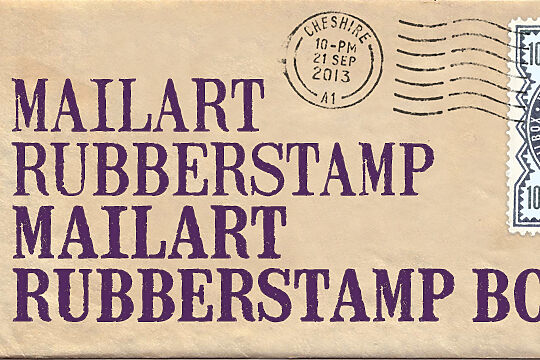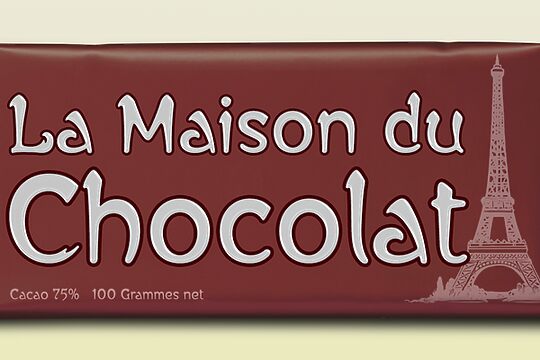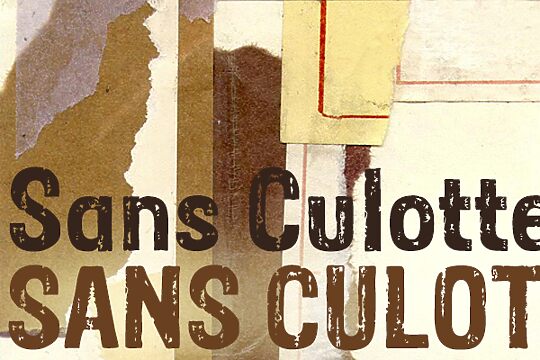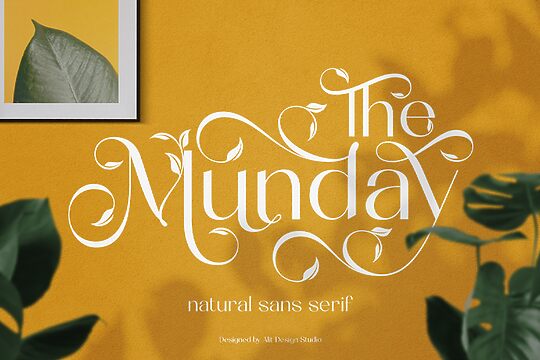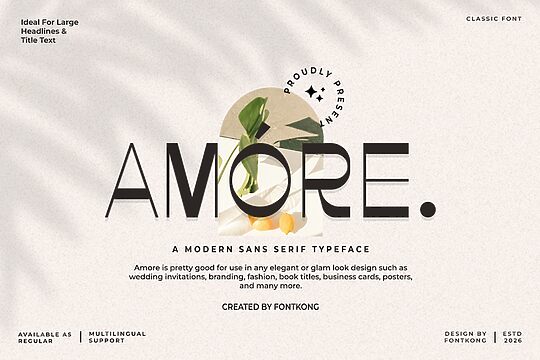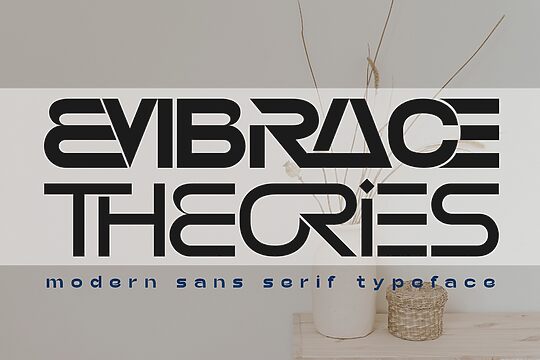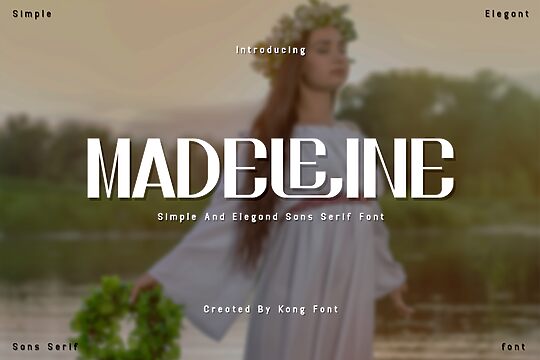
Description
Oxford Street font from K-Type is a sans serif design inspired by the Art Deco style of lettering from the 20th century. This unique font is characterized by solid geometric elements and a modernist style with a contemporary feel. The letters exhibit clear uniformity while a slight variation between the strokes and an unusual gaping space between counters maintains visual interest.
Use it in making logos, titles, and other text graphic purposes where a distinct standout style is required. Possible applications include T-shirts, eco-friendly totes, advertising campaigns, indoor and outdoor adverts, products and packaging designs, event and talk posters, book covers, etc. Designs where you use this font can be inspired by the visual attributes of the font and influences.
This font is a free font for personal use. Kindly purchase a license for commercial projects.
Use it in making logos, titles, and other text graphic purposes where a distinct standout style is required. Possible applications include T-shirts, eco-friendly totes, advertising campaigns, indoor and outdoor adverts, products and packaging designs, event and talk posters, book covers, etc. Designs where you use this font can be inspired by the visual attributes of the font and influences.
This font is a free font for personal use. Kindly purchase a license for commercial projects.
Author's note
K-Type Oxford Street is a signage font that began as a redrawing of the capital letters used for street nameplates in the borough of Westminster in Central London.
The nameplates were designed in 1967 by the Design Research Unit using custom lettering based on Adrian Frutiger's Univers typeface, a curious combination of Univers 69 Bold Ultra Condensed, a weight that doesn't seem to exist but which would flatten the long curves of glyphs such as O, C, and D, and Universe 67 Bold Condensed with its more rounded lobes on glyphs like B, P, and R.
Letters were then remodeled to improve their use on street signs. Thin strokes like the inner diagonals of M and N were thickened to create a more monolinear alphabet; the high interior apexes were lowered, and the wide joins thinned. The crossbar of the A was lowered, the K was made double junction, and the tail of the Q was given a baseline curve.
K-Type Oxford Street continues the process of impertinent improvement and includes myriad minor adjustments and several more conspicuous amendments. The stroke junctions of M and N are further narrowed, and their interior apexes modified. The middle apex of the W is narrowed, and the glyph is a little more condensed. The C and S are drawn more open, terminals slightly shortened.
The K-Type font adds a new lowercase which is also made more monolinear so better suited to signage, loosely based on Univers but also taking inspiration from the Transport typeface both in a taller x-height and character formation. The lowercase L has a curled foot, the k is double junctioned to match the uppercase, and terminals of a, c, e, g, and s are drawn shorter for openness and clarity.
A full repertoire of Latin Extended-A characters features low-rise diacritics that keep congestion to a minimum in multiple lines of text.
The font tips the hat to signage history by including stylistic alternates for M, W, and w that have the pointed middles of the earlier MOT street sign typeface.
Full details at https://www.k-type.com/fonts/oxford-street
The nameplates were designed in 1967 by the Design Research Unit using custom lettering based on Adrian Frutiger's Univers typeface, a curious combination of Univers 69 Bold Ultra Condensed, a weight that doesn't seem to exist but which would flatten the long curves of glyphs such as O, C, and D, and Universe 67 Bold Condensed with its more rounded lobes on glyphs like B, P, and R.
Letters were then remodeled to improve their use on street signs. Thin strokes like the inner diagonals of M and N were thickened to create a more monolinear alphabet; the high interior apexes were lowered, and the wide joins thinned. The crossbar of the A was lowered, the K was made double junction, and the tail of the Q was given a baseline curve.
K-Type Oxford Street continues the process of impertinent improvement and includes myriad minor adjustments and several more conspicuous amendments. The stroke junctions of M and N are further narrowed, and their interior apexes modified. The middle apex of the W is narrowed, and the glyph is a little more condensed. The C and S are drawn more open, terminals slightly shortened.
The K-Type font adds a new lowercase which is also made more monolinear so better suited to signage, loosely based on Univers but also taking inspiration from the Transport typeface both in a taller x-height and character formation. The lowercase L has a curled foot, the k is double junctioned to match the uppercase, and terminals of a, c, e, g, and s are drawn shorter for openness and clarity.
A full repertoire of Latin Extended-A characters features low-rise diacritics that keep congestion to a minimum in multiple lines of text.
The font tips the hat to signage history by including stylistic alternates for M, W, and w that have the pointed middles of the earlier MOT street sign typeface.
Full details at https://www.k-type.com/fonts/oxford-street
